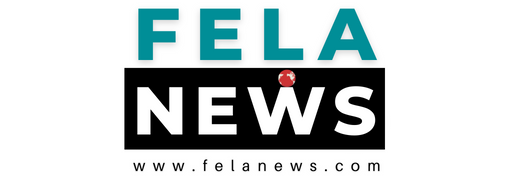While high cholesterol often remains asymptomatic, its potential harm to the body is substantial. Over time, various body components may manifest subtle indications of elevated cholesterol levels. Excessive levels of this waxy substance elevate the risk of heart attacks, strokes, and other health issues due to the accumulation of fatty deposits within blood vessels. These deposits can obstruct blood flow and lead to clot formation, posing a significant threat.
Low-density lipoprotein (LDL), commonly known as bad cholesterol, heightens the likelihood of health problems. Although genetics can play a role, unhealthy lifestyle choices are frequently responsible for high cholesterol, rendering it both preventable and manageable. Diet, exercise, and, when necessary, medication can help lower high cholesterol levels. Thus, regular blood tests are essential to monitor cholesterol levels.
Recognizing 5 Cholesterol Warning Signs:
- High Cholesterol Signs in Legs: Numbness in the legs and feet may indicate elevated cholesterol levels. This could signify the buildup of arterial plaque, restricting blood flow and causing discomfort, tingling, and cramping. Unhealed sores and chilly sensations in the legs or feet also suggest this condition.
- High Cholesterol Signs in Nails: Arterial plaque buildup can narrow and block arteries, including those that lead to your nails. This reduced blood flow may result in black lines forming beneath the nails, known as splinter hemorrhages. These lines typically follow the nail growth direction.
- High Cholesterol Signs in Arteries: Severe issues such as stroke and heart attacks may arise due to plaque accumulation. Clogged heart arteries can lead to heart attacks, while clogged brain arteries can trigger strokes. These life-threatening events often reveal high cholesterol’s presence.
- High Cholesterol Signs in Eyes: High cholesterol can also impact the eyes, causing the development of xanthelasmas. These yellowish fat deposits might emerge on the eyelids and signify elevated cholesterol levels.
- High Cholesterol Signs on Tongue: Elevated cholesterol levels can even influence the tongue. The condition known as “hairy tongue” can occur when papillae on the tongue’s surface expand and change color.
Recognizing these symptoms empowers individuals to mitigate the risks associated with high cholesterol through lifestyle changes. Consultation with a healthcare professional can lead to tailored recommendations, including adopting healthier eating habits, regular exercise, or quitting smoking. Medication might also be recommended to lower LDL levels. Complying with professional advice and making necessary changes are essential steps to managing or lowering cholesterol levels.
For more updates stay tuned to FELA News!





